Rewilding
As planting designers, benefiting wildlife is at the heart of what we do, with the right plants and clever design elements to create rich habitats which not only look great but also work to the advantage of local species. One of the trends very much at the fore of garden design today is ‘Rewilding’, a way in which your garden can play a key role in helping the nation’s biodiversity.
There have been some popular misconceptions over the years about what rewilding actually means including the idea that you simply abandon your garden and allow nature to take it over completely. Not so. Rewilding is essentially allowing nature to take care of itself with a little direction from you, the garden owner. In fact, with a little input from you, the right balance can be achieved whereby you encourage a wider range of species into the garden and reduce the maintenance the garden needs at the same time. It’s a win-win for nature and you.
Gardens are micro ecosystems and you don’t have to give the whole garden over to rewilding, even a small area has big value. With a few easy-to-follow guides you will soon have your garden filled with a greater symphony or bird song, buzzing and fluttering beauty.
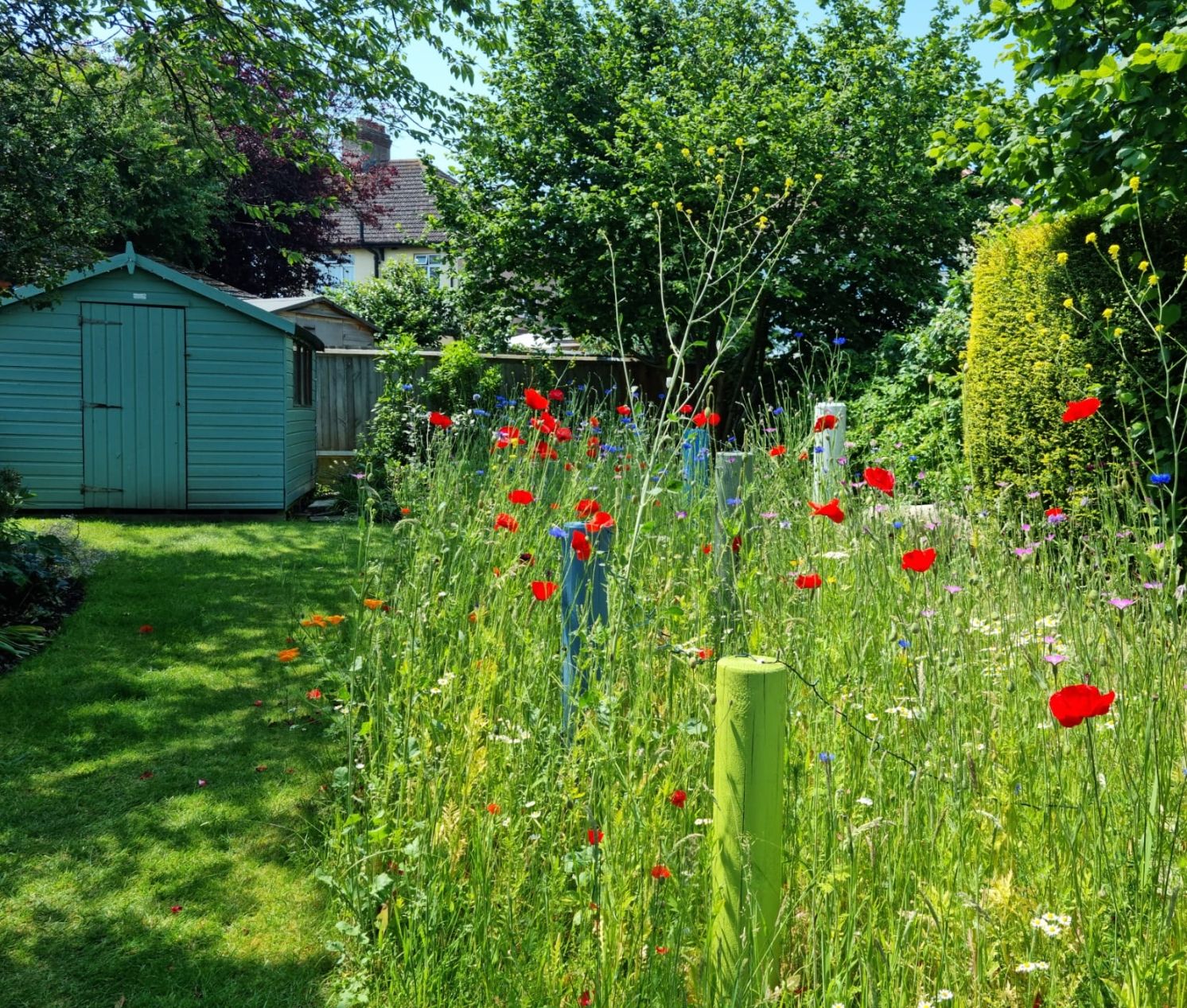
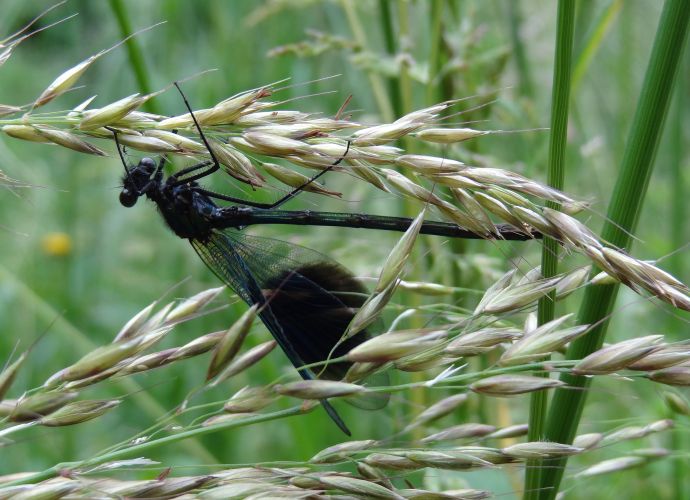
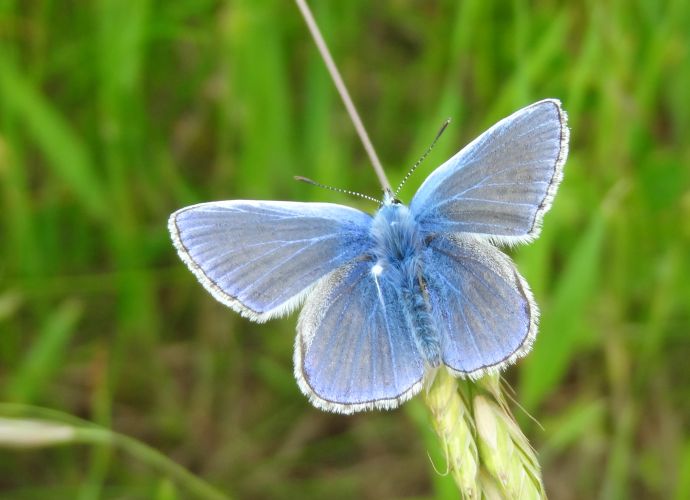
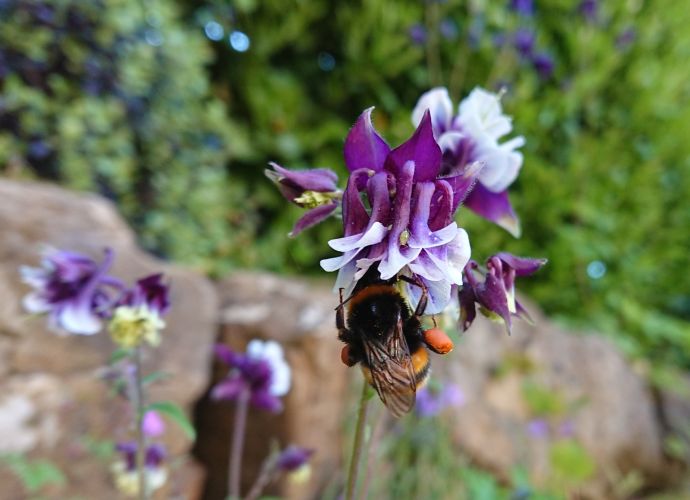
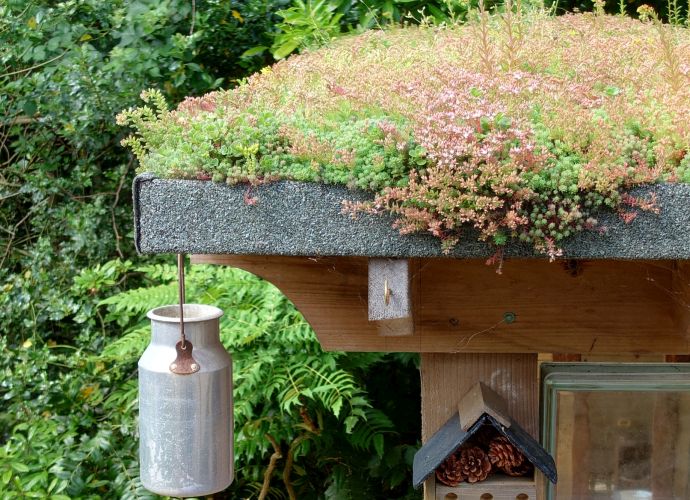
Top 10 tips for rewilding
1.Easing up on grass mowing is essential. Not only does it save you time and money but also allows low flowering species to make it into flower and provide nectar for bees at key times of the year.
2. Create a meadow. For a truly high-performance grassland, think about sowing a small meadow (doesn’t have to be a large area, even small can be a great benefit) and just keep the grass cut around the edges to give it definition. That creates contrast and an elegant design look whilst being practical.
3. Put the sprays away. Using fewer pesticides and fertilisers means a greater number of native insects get to survive and thrive. Yes, you might get a few aphids on the roses but the ladybirds will be, too and nature gets a chance to balance itself.
4. Don’t be too quick to tidy up. Piles of dead logs and debris can be perfect habitats for overwintering insects and hollow canes make great nesting places for many species of bees.
5. Keep some of the weeds. We’re not suggesting throwing away the hoe, just leave a few places in the garden where weeds can thrive. You’ll be surprised just how soon these get noticed by butterflies, moths and other foraging insects.
6. Fences don’t make good corridors. Allowing species to travel from one garden to the other (otherwise known as dispersal) is an important aspect for enriching the number of species in the garden. Consider leaving a small hole in the base of a fence just big enough to allow hedgehogs and other beneficial visitors to migrate.
7. Put in a pond. If its safe to do so, even a small pond can attract a great number of beneficial species such as frogs and dragonflies and also acts as a watering hole for birds and small mammals.
8. Ease up on the pruning. A little tidy up is still a good thing but the garden needs ecotones, those areas between differing amounts of light and shade in order to attract a wide a range of species as possible. Different species have different needs so even small areas of each will reap great rewards.
9. Natives are good but not essential. Some species prefer our native plants but having a wide range of plants with different flowering times will be more beneficial than fewer species that are all strictly native. Diversity is key.
10. Living roofs are gardens in the sky. Stuck with a boring looking shed or storage box? Consider adding a living roof of sedum mats (available to buy in pre-planted units) and not only will your garden be on a higher level (literally!) but the extra flowers will provide a great source of nectar for foraging bees.